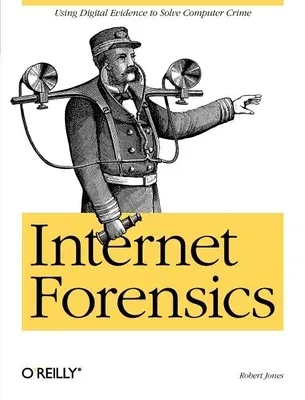Because it's so large and unregulated, the Internet is a fertile
breeding ground for all kinds of scams and schemes. Usually it's your
credit card number they're after, and they won't stop there. Not just
mere annoyances, these scams are real crimes, with real victims. Now,
thanks to Internet Forensics from O'Reilly, there's something you can
do about it.
This practical guide to defending against Internet fraud gives you the
skills you need to uncover the origins of the spammers, con artists, and
identity thieves that plague the Internet. Targeted primarily at the
developer community, Internet Forensics shows you how to extract the
information that lies hidden in every email message, web page, and web
server on the Internet. It describes the lengths the bad guys will go to
cover their tracks, and offers tricks that you can use to see through
their disguises. You'll also gain an understanding for how the Internet
functions, and how spammers use these protocols to their devious
advantage.
The book is organized around the core technologies of the
Internet-email, web sites, servers, and browsers. Chapters describe how
these are used and abused and show you how information hidden in each of
them can be revealed. Short examples illustrate all the major techniques
that are discussed. The ethical and legal issues that arise in the
uncovering of Internet abuse are also addressed.
Not surprisingly, the audience for Internet Forensics is boundless.
For developers, it's a serious foray into the world of Internet
security; for weekend surfers fed up with spam, it's an entertaining and
fun guide that lets them play amateur detective from the safe confines
of their home or office.

